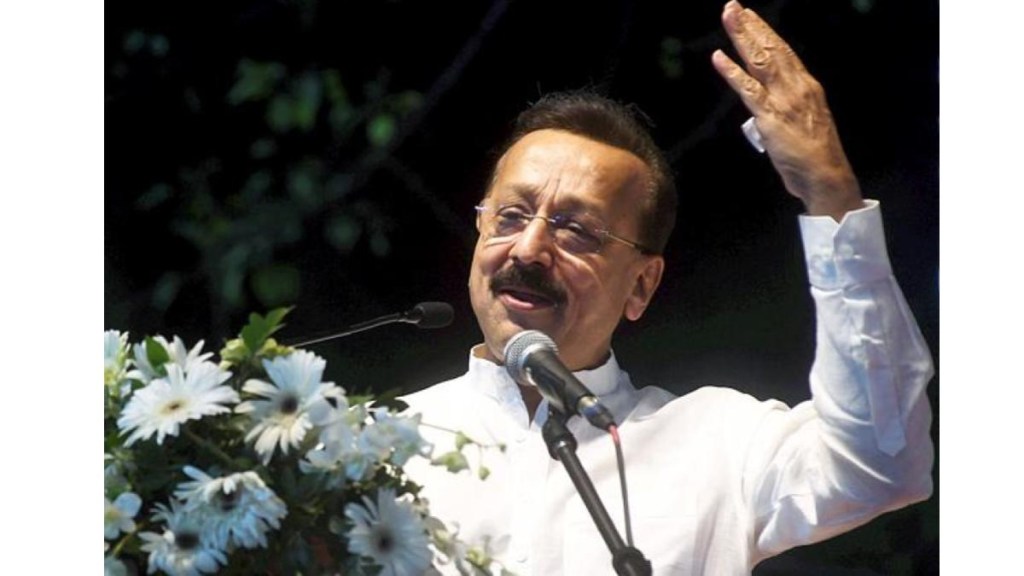In a recent investigation into the murder of former Maharashtra minister Baba Siddique, Mumbai police uncovered a connection to social media platforms, particularly Snapchat. The police found photographs of Baba Siddique and his son Zeeshan on the Snapchat accounts of three individuals accused in the case. This discovery has led law enforcement to explore how criminal gangs, like the Bishnoi gang, utilise Snapchat and other social media platforms to plan and communicate while evading detection.
What is Snapchat?
Snapchat is an instant messaging app known for its ephemeral nature. Users can send photos and messages, called “Snaps,” that disappear after a short time, typically once they are viewed by the recipient. This feature makes it a popular app, especially among younger generations. However, its disappearing messages have also made it attractive to criminal groups who aim to avoid leaving digital evidence.
Why Do Criminal Gangs Use Snapchat?
According to a senior Mumbai police officer, the Bishnoi gang uses Snapchat due to its self-deleting messages and photos, which provide a sense of security to gang members. Unlike traditional messaging platforms, Snapchat’s disappearing content means that even if the police seize a suspect’s phone, recovering messages becomes challenging, reports Indian Express.
In the Baba Siddique case, although much of the data had been deleted, the police managed to recover some images that the shooter had saved. These saved images played a crucial role in their investigation, giving police leads they would otherwise have missed.
Furthermore, the police mentioned that requesting data from platforms like Snapchat, which is based in the US, can be a lengthy process. This delay adds to the app’s appeal for criminal gangs who want to avoid detection.
While Snapchat is currently favoured for its disappearing messages, it’s not the first app gangs have used to evade authorities. In the past, apps like Telegram and Signal, known for their encryption and privacy features, were popular among criminal groups. These apps allowed gang members to communicate securely without fear of interception by law enforcement.
How Gangs Evade Police on Social Media
The Bishnoi gang has a history of using social media to claim responsibility for their crimes while avoiding detection. In the Baba Siddique case, a gang member named Shubham Lonkar posted on Facebook, claiming responsibility for the murder, but quickly deleted the post. However, a screenshot of the post was shared across various platforms, making it nearly impossible for police to trace the original post’s IP address.
Moreover, the gang has been known to use Virtual Private Networks (VPNs) to mask their online activity and avoid being tracked by law enforcement. As gangs become more technologically adept, they continue to evolve their methods to stay ahead of police efforts to trace their digital footprints.
The use of social media platforms like Snapchat by criminal gangs presents a significant challenge to law enforcement. With disappearing messages, encrypted communication, and VPNs, these gangs are increasingly difficult to track. While police continue to adapt to these new technologies, the battle between law enforcement and tech-savvy criminal organizations is far from over.

